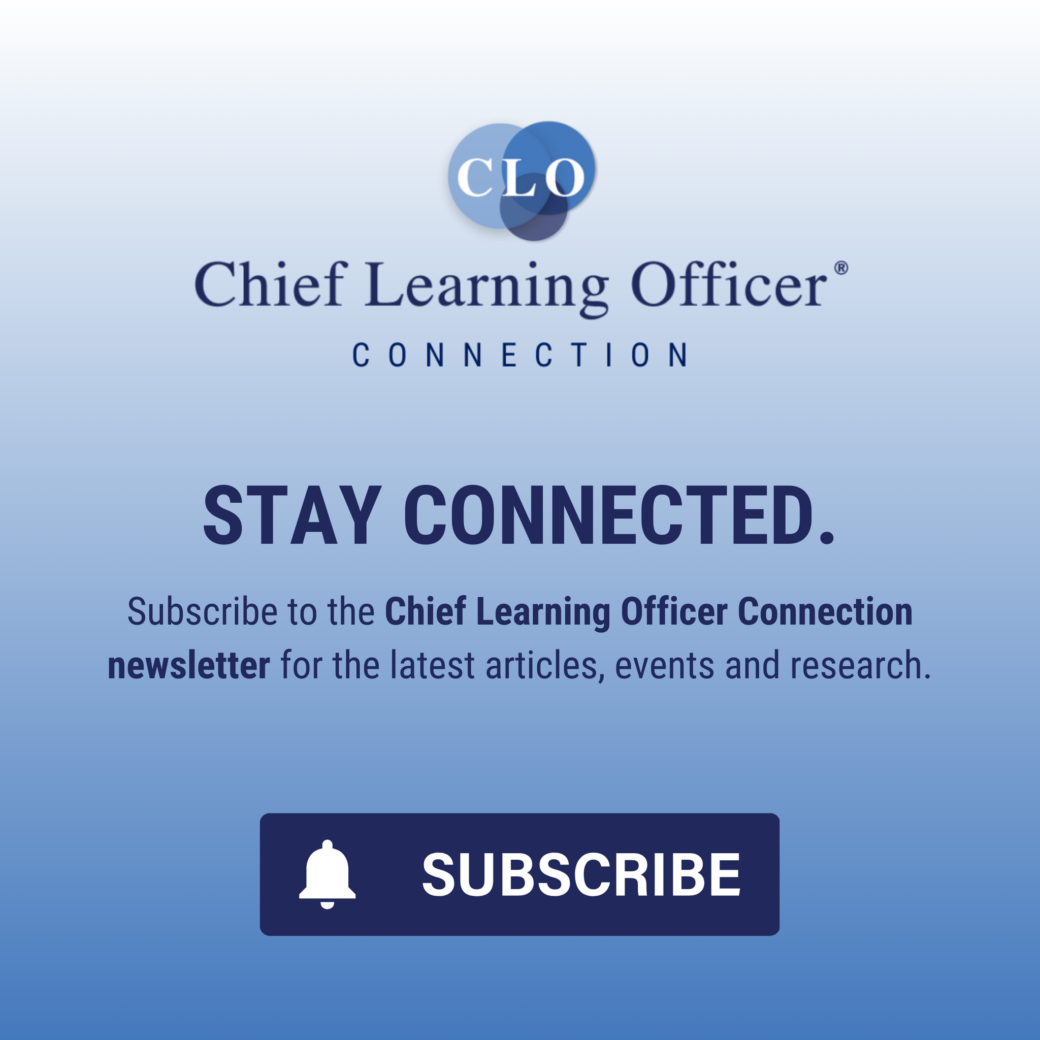One of the most obvious ways learning can add value to a business is by providing a conduit through which talent can move up and across the enterprise. Borders Group Inc., which operates more than 1,100 stores around the world, uses learning programs to make sure its personnel have the training they need through various levels of employment.
This starts with on-boarding new hires. In this stage, Borders seeks to familiarize incoming employees with the company’s distinct culture rather than simply get them trained as soon as possible.
“Going back to the original Borders brothers and why this store came to be is important to understanding the overall culture,” said Pam French, director of employee communication and learning and development. “We want all new employees to understand where the company came from, how it’s evolved and what we’re driving towards: having a passion for getting knowledge and entertainment into people’s hands.”
One of the recent challenges Borders has encountered with onboarding efforts is the fact that its workforce is comprised of about 70 percent part-time employees.
“With that mix, it’s a challenge to reach those part-timers and make them feel like part of the team, get them to understand Borders’ service standards and what their role should be,” French said. “Over the past year, we’ve actually taken a much more blended approach and driven the training into the stores. There are some online portions that then direct them to do activities with their manager. That chunks the learning into smaller bites, so that we can get those part-time folks up to speed and make them feel more comfortable.”
Experienced employees at the company’s stores receive regular formal training, but French pointed out that a great deal of learning takes place informally through knowledge sharing. This has been facilitated in part by the organization’s focus on hiring older workers, which has included a partnership with the American Association of Retired Persons (AARP).
“We’re actively focused on over-50 workers,” she said. “They have such a breadth of experience that they want to share with folks. We’ve also found that they’re a really nice complement to the younger folks. We haven’t found that friction [between age groups] that other organizations talk about. There’s a real knowledge and sharing of knowledge. It’s a win-win for us.”
For managers, there is a program that identifies high potentials and provides development opportunities by putting them in charge of training efforts in a particular area, French said.
“We take high-potential managers from our field locations and give them the opportunity to become field trainers. In addition to operating their stores, they also take on the responsibility of becoming a field trainer for a geographic region.”
This program, which involves about 60 to 70 employees from the company’s Borders and Waldenbooks divisions, includes an annual conference at the organization’s corporate headquarters in Ann Arbor, Mich. At this event, they’ll learn the curriculum for that year, as well as platform skills, facilitation skills and alignment with the strategy of the company.
“It starts with the big picture,” French said. “The CEO comes in and provides an overview. Then we get to the operations folks and their goals for the year.
“It’s something that’s very sought after, and probably more than 70 percent of these folks go on to be multi-unit managers for us,” she said.















